Galerie m’s Susanne Breidenbach on the Irreplaceability of Personal Contact
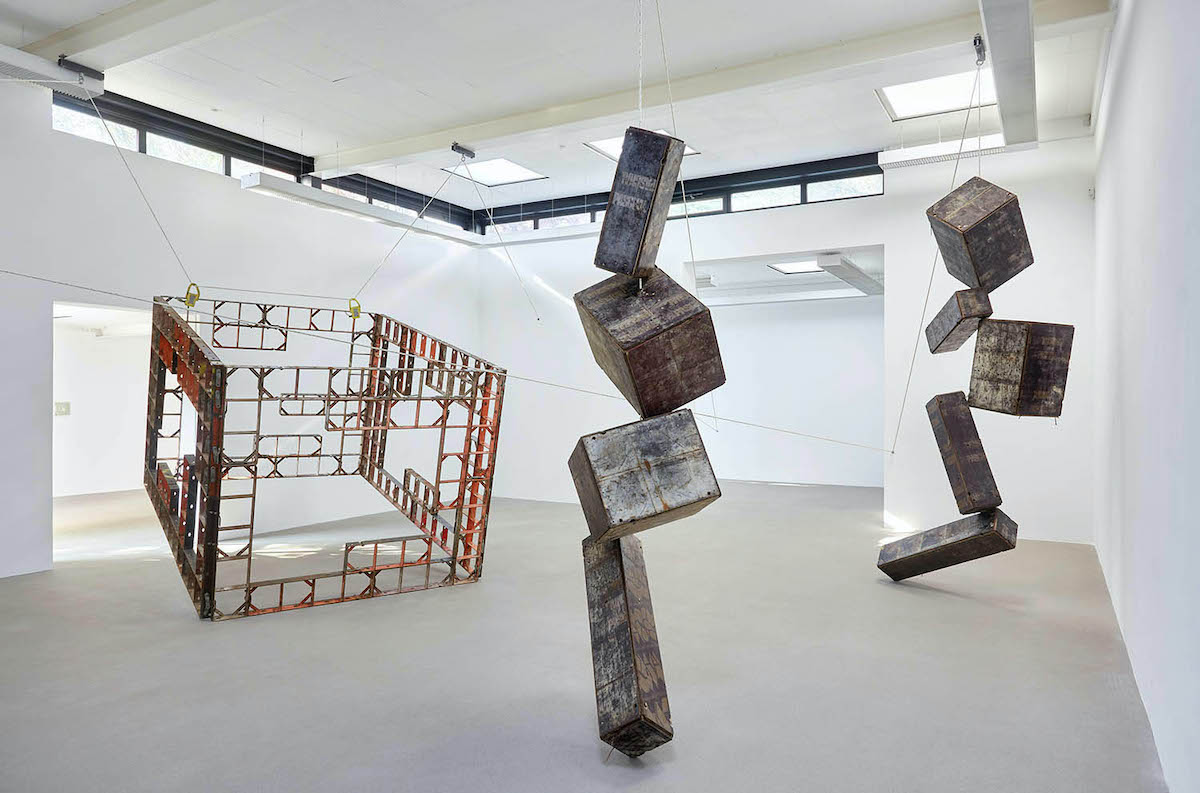

Words: Chris Erik Thomas.
That is one of the principles that guide Susanne Breidenbach, who has owned the Galerie m since 2003. “Art attracts our attention,” she explains. “[It] questions our usual perception, enables new perspectives, shows unusual contexts, and has an inspiring effect.” For nearly two decades, this attraction has been at the forefront of her journey as the leader of the contemporary art gallery in the city of Bochum.
Founded in 1969 by Alexander von Berswordt-Wallrabe and situated since 1972 in spacious, light-filled galleries on the grounds of Haus Weitmar, the gallery initially found acclaim for its focus on New Concrete Art. However, under the leadership of Breidenbach — who worked at the gallery since 1985 — it has now staked out a reputation for its symbiotic relationship with the artists it represents, as well as its approach to fresh perspectives in the art world.
Every year, at least one new artistic position is offered an exhibition at the gallery so that the diversity of media is given equal footing with more established positions. It is this embrace of the most contemporary blend of artists that has allowed Galerie m to step to the forefront of contemporary art while keeping one foot firmly entrenched in its more than 50 years of history.
This strong mix of both young and established artists was on full view in early April as Galerie m attended Art Düsseldorf. As we opened the industrial halls of Areal Böhler, the Bochum gallery’s booth became a focal point for visitors. We caught up with Breidenbach for a discussion on the history of the gallery, adapting to the pandemic, and the importance of art fairs.
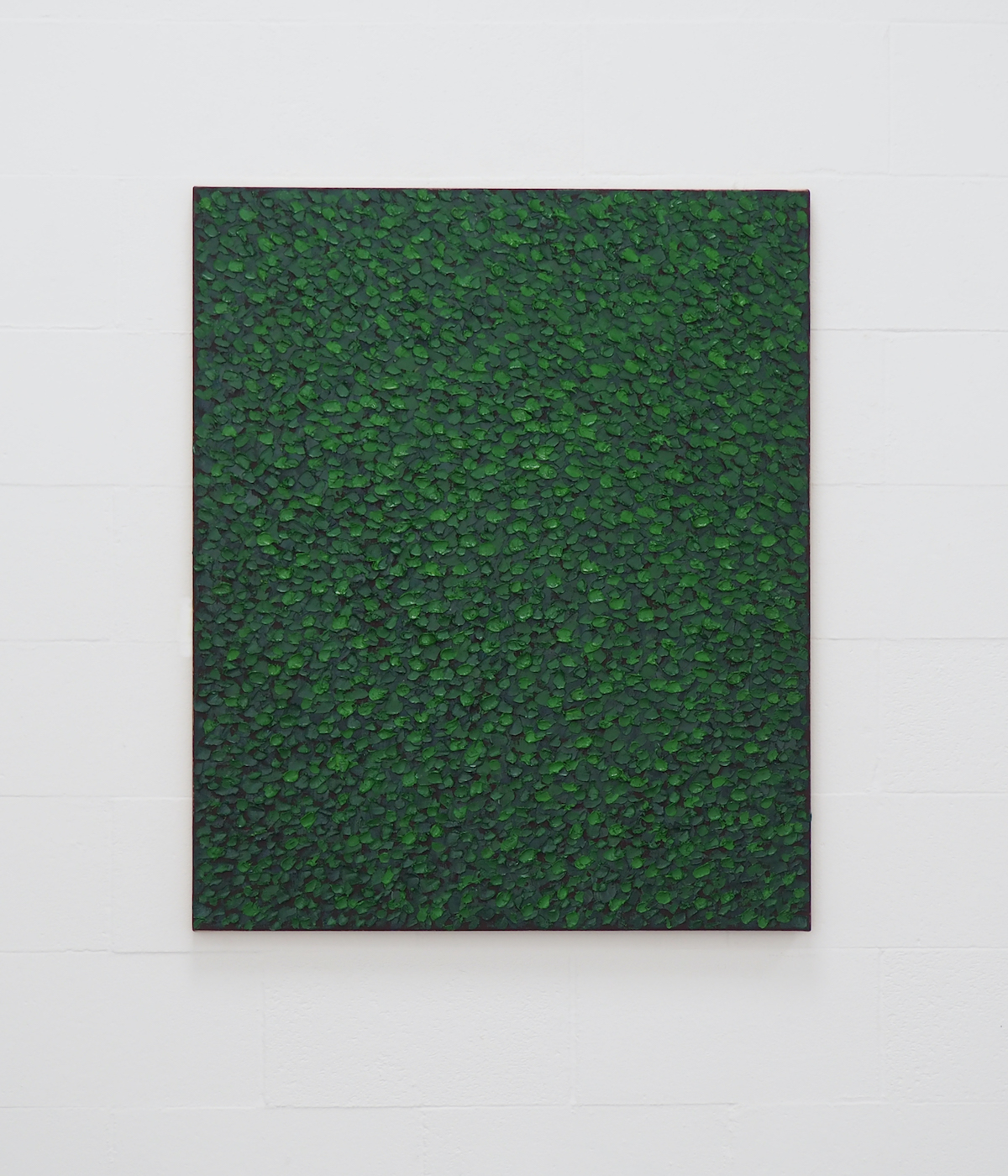
Kuno Gonschior. "Untitled", 1986. oil on canvas. 120 x 100 cm. ©Asset Kuno Gonschior. Courtesy Galerie m, Bochum.
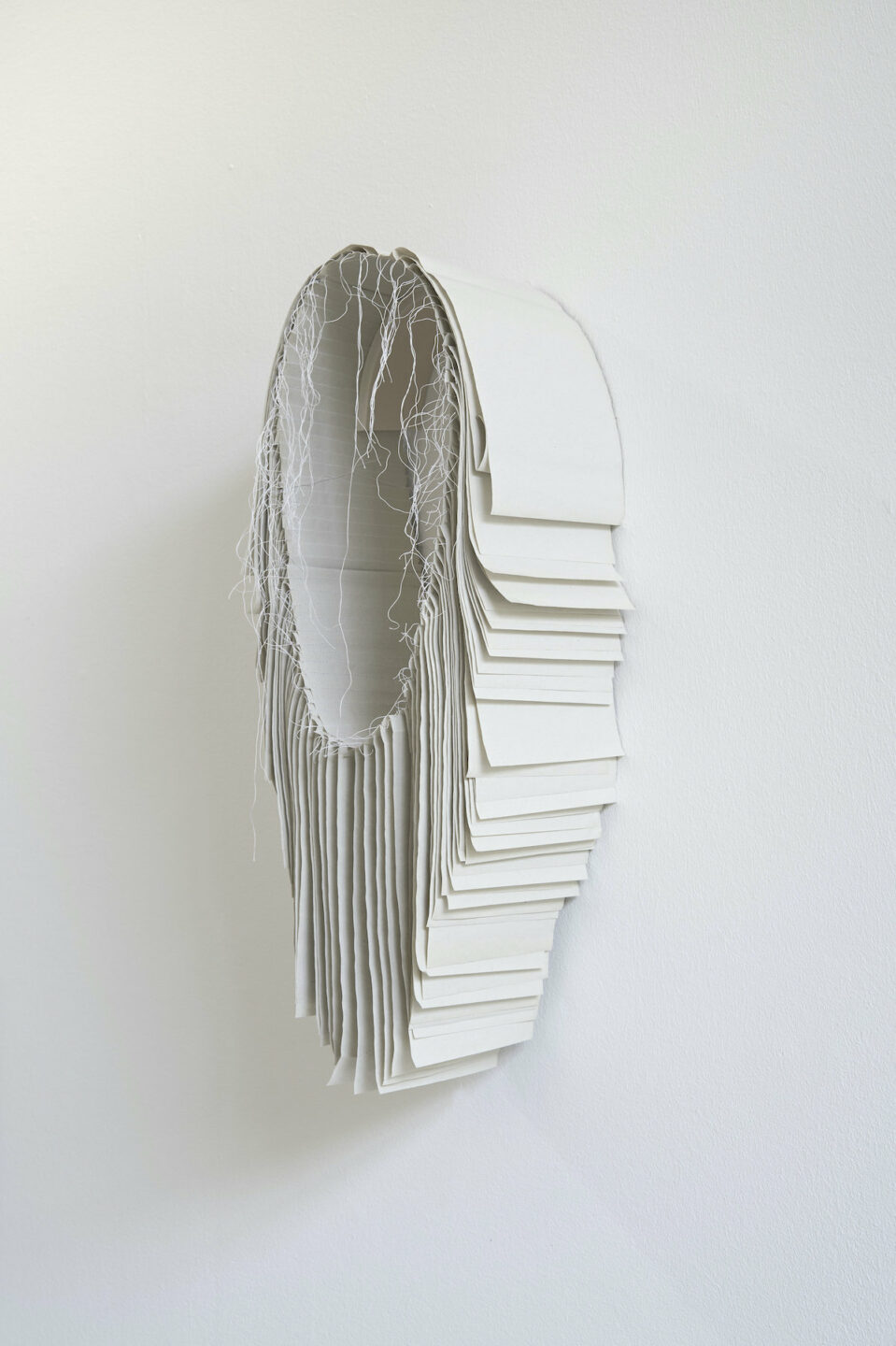
Zoe Dittrich-Wamser. "Vertex," 2021. paper, yarn, ceramic. 45 x 18 x 17 cm. © Zoe Dittrich-Wamser. Courtesy Galerie m, Bochum.
What is the key element to a good piece of art?
We believe in the “irreplaceability of the image”, allowing us to better understand processes, experiences, and contexts that elude other formulations, such as language. We can reflect on life, one’s own point of view, and existence in and with art.
What sets your gallery apart?
The gallery was founded in 1969 and, since then, has developed a diverse program. We have always been committed to young artistic positions, such as Zoe Dittrich-Wamser, and we accompany and show the current work developments of our artists. Personal contact and an intensive exchange with artists, collectors, and curators are essential. We take our time and work closely with Lucinda Devlin, Thomas Florschutz, Simone Nieweg, Franka Hörnschemeyer, Evelina Cajacob, Antje Dorn, Caroline von Grone, Lena von Goedeke, Peter Wegner, and Melanie Manchot, among others, as well as with the estates of Evelyn Hofer, Barbara Köhler, Kuno Gonschior, and Dirk Reinartz.
With our exhibitions, we create experiential spaces, establish dialog situations, and advocate sustainable mediation. For collectors, this means that they are able to make informed decisions. The gallery’s rooms were planned as exhibition spaces and opened in 1974. They offer ideal conditions for a wide variety of exhibition projects and unusual installations and continue to have an inspiring effect on artists and our guests alike.
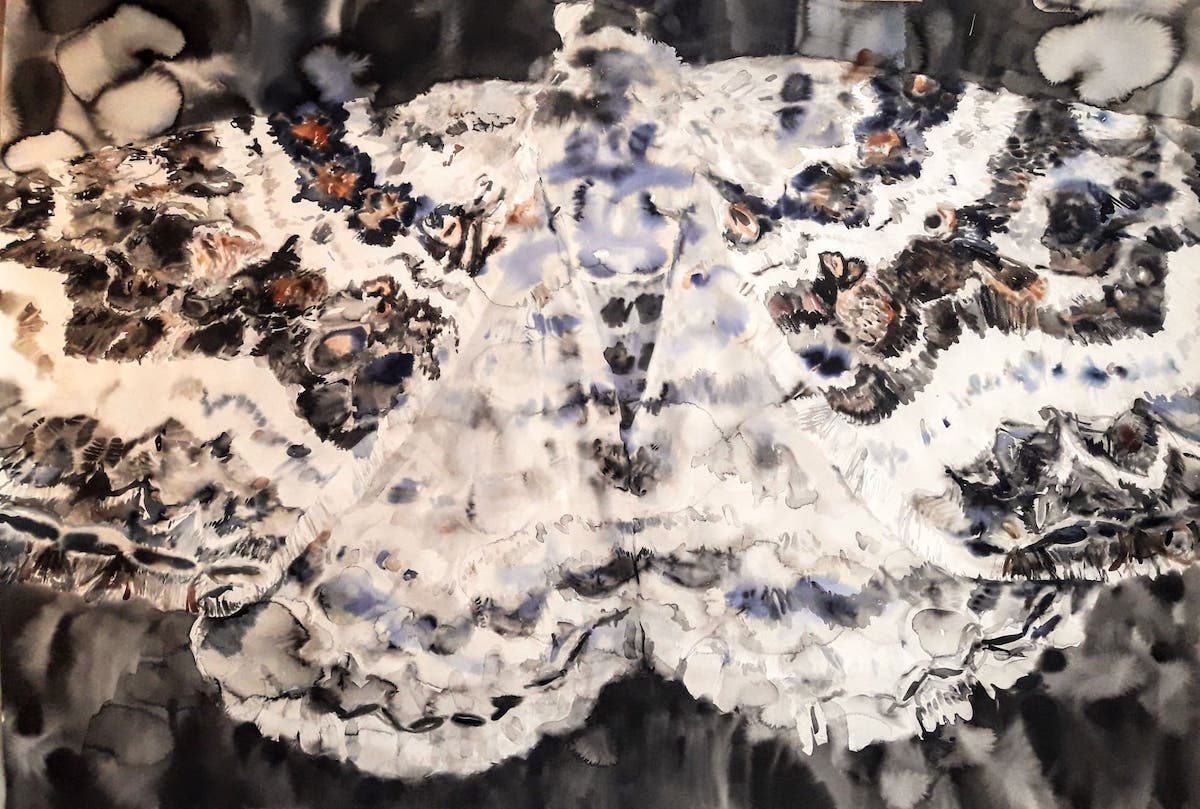
Personal contact is, and remains, essential for us, as is the immediate viewing of works of art.
How did you pick the selection of art you showed at Art Dusseldorf?
On the one hand, we wanted to give an insight into the latest developments in the work of our artists. On the other hand, we wanted to honor current events – such as the 100th birthday of the photographer Evelyn Hofer. In addition, we focused on the sculptural work of Franka Hörnschemeyer, a sculptor who teaches in Düsseldorf.
The merciless war in Ukraine moved us personally just as much as the threatened reintroduction of the death penalty in Russia, or the 81 executions in one day in Saudi Arabia. The photographs from Dirk Reinartz’s series, “Totenstill”, and Lucinda Devlin’s series, “The Omega Suites”, refer emblematically to the gruesome inhumanity our civilization is capable of in both historical and contemporary contexts. At Galerie m, we have always conveyed and shown artistic formulations of the abysses of our history and present. The current world situation shows more than ever how important this commitment is.
How did your gallery adapt to the pandemic?
We took the situation very seriously, constantly adapting flexibly to, for example, postponement of museum exhibitions and extensions of loans, thus giving our exhibition partners more freedom. With its spacious rooms and garden area, the gallery offers ideal opportunities for casual encounters despite the necessary protective measures. Since the beginning of the pandemic, we have been able to regularly welcome visitors to our exhibitions and delve into specific areas of work with collectors and curators. The importance of this is being consciously cultivated now more than ever.
Despite all the intensified efforts to digitize the mediation of art, such as documentation of the exhibitions by filming them, the irreplaceability of the direct experience of the work of art is evident. Personal contact is, and remains, essential for us, as is the immediate viewing of works of art – on-site, in the original.
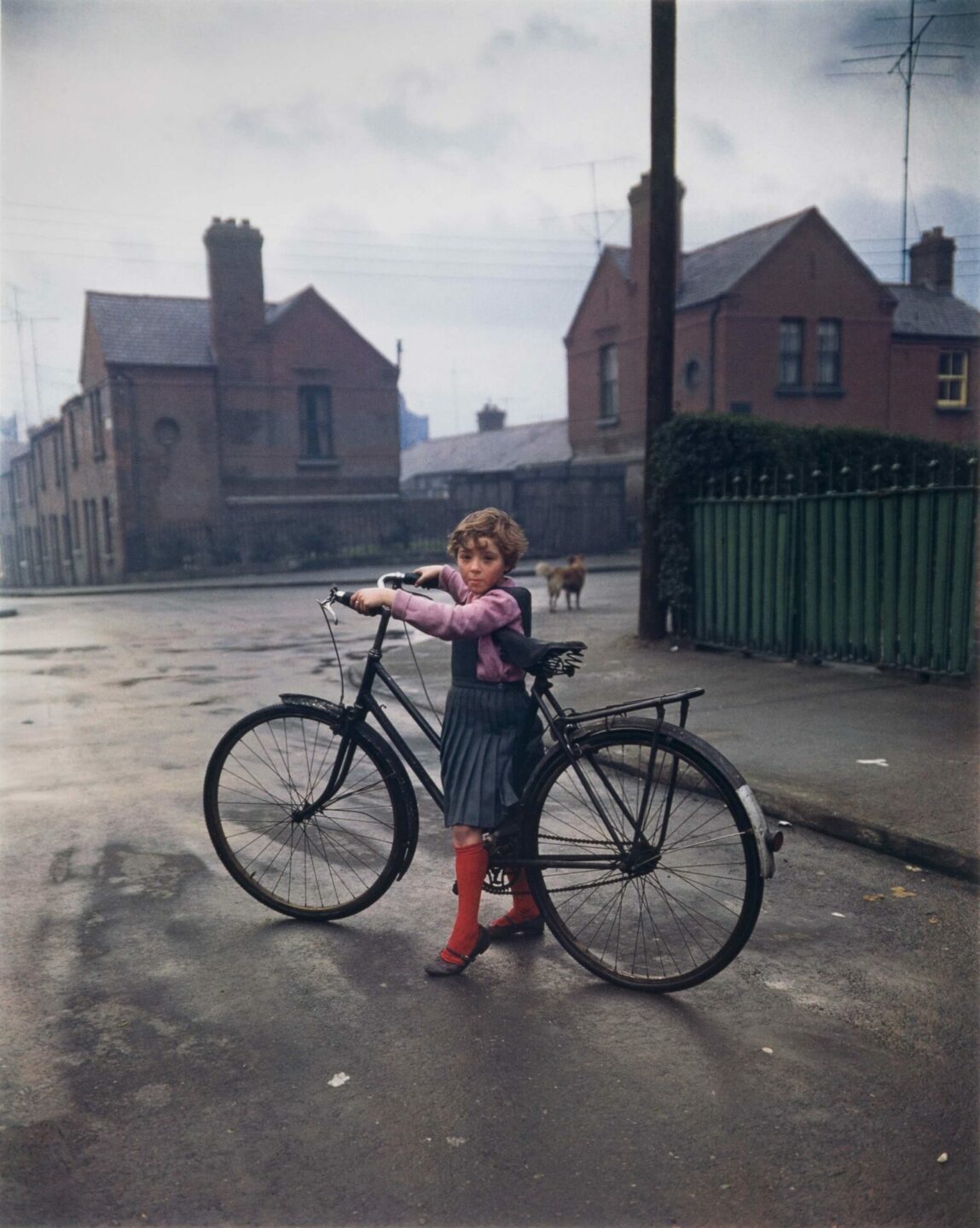
Evelyn Hofer. "Girl with Bicycle, Dublin", 1966. Dye Transfer. 41,6 x 33,5 cm (50,5 x 40,5 cm). © Estate of Evelyn Hofer, courtesy Galerie m, Bochum, Germany.
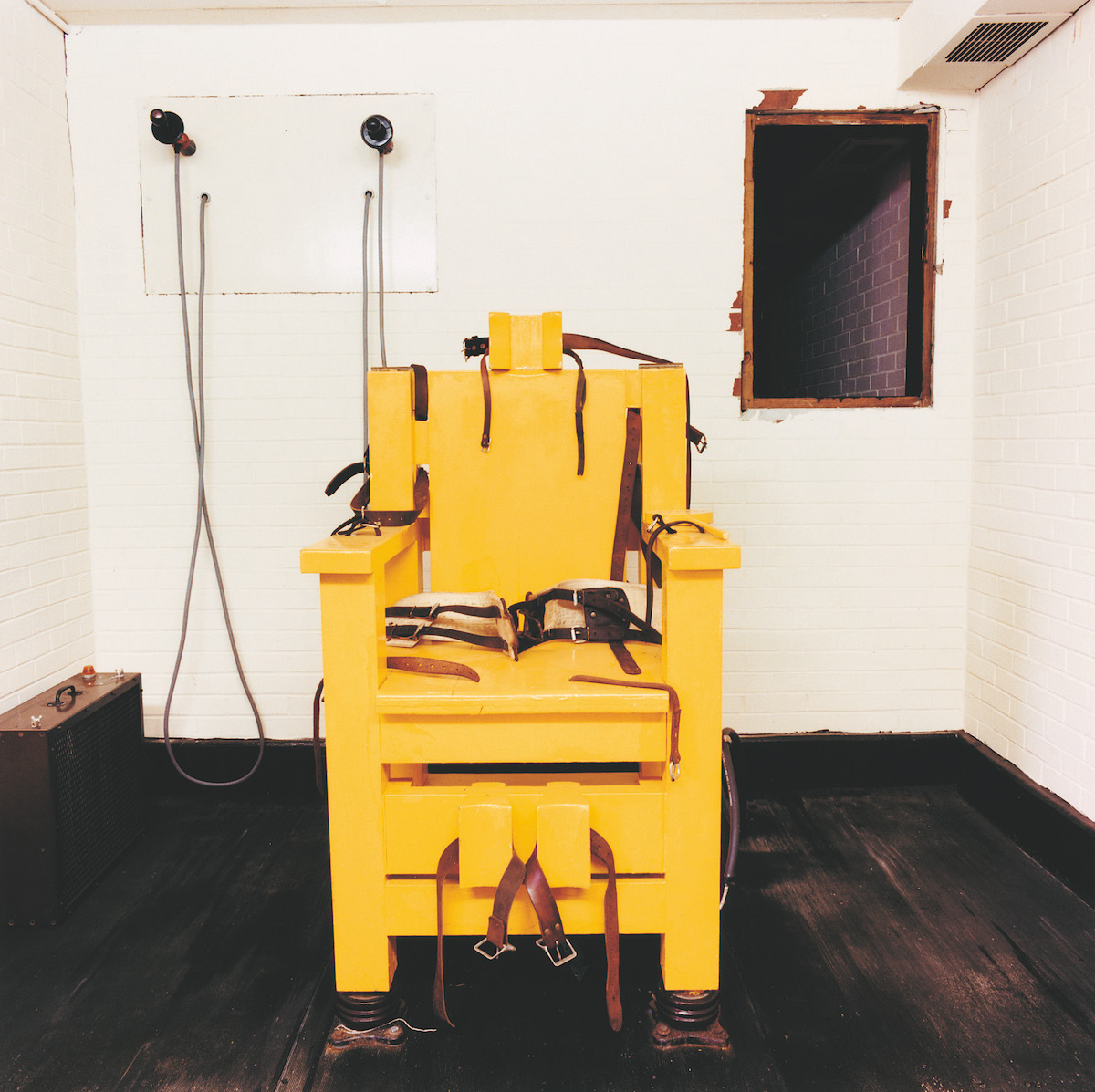
Lucinda Devlin. "Electric Chair, Holman Unit, Atmore, Alabama", 1991. Chromogenic Print. 74 x 74 cm (100 x 100 cm). © Lucinda Devlin. Courtesy Galerie m, Bochum.
The gallery has been around for over 50 years, but the art world is still working to diversity itself in terms of gender, race, sexual orientation, and other factors. How do representation and inequality within the art world factor into your decision-making process as a gallery?
Galerie m has a long tradition of addressing crises and upheavals in its exhibitions and commitment. Numerous exhibitions have been evidence of this — and each was also shown intensively in museums. These exhibitions have included “Hiroshima” by Arnulf Rainer (today at Lenbachhaus, Munich); “Totenstill” by Dirk Reinartz (today at Situation Kunst, Bochum); “The Omega Suites” by Lucinda Devlin (today at Kunststiftung DZ Bank, among others); and “Kreuzweg” by Stephan Schenk (today in the art collection of the German Bundestag, among others).
We also show humanitarian commitment in association with our artists, including with 1994’s “Susret” (engagement for refugee women from the Balkan war) and 2001’s “Shelter” (Art against trafficking in women and sexual exploitation). Gender issues are addressed in Nan Goldin’s “Ballad of Sexual Dependency”. That work focuses on AIDS and drugs and was first shown as an exhibition at Galerie m in 1992, which today is Kunsthalle Hamburg. Also, in her paintings, Caroline von Grone continuously deals with drug addicts and homeless people she portrays, while in 2015, Melanie Manchot developed the film series “Twelve” with drug addicts in withdrawal.
Climate change forces an engagement with nature uniquely. Artists like Tanya Poole take this up with her large-scale Tuschelavur paintings, as well as Lena von Goedeke with her works created in the Arctic Circle. In photography, Lucinda Devlin reports on industrialized agriculture in the USA in “Field Culture”, while Anja Bohnhof’s “The Last Drop” focuses on the omnipresent water shortage worldwide and its severe consequences on women’s lives in particular.
What do you expect from art fairs in the post-pandemic landscape?
Despite increasing digitalization, we believe that direct viewing, the experience of art, and personal contact on-site remain essential for mediation. In this respect, we assume that art fairs will continue to be a necessary factor because a great variety [of art] can be perceived quickly, combined with personal contact.
Chris Erik Thomas is the Digital Editor of Art Düsseldorf. They work as a freelance writer and editor in Berlin and focus primarily on culture, art, and media. Their work can also be seen in Highsnobiety, The Face Magazine, and other publications.